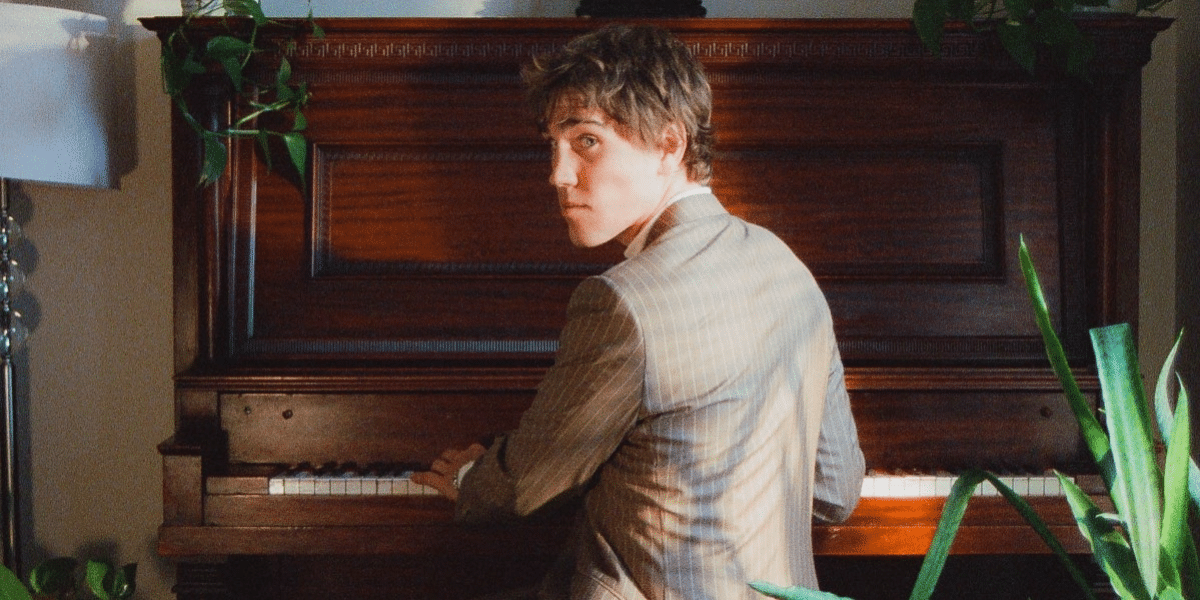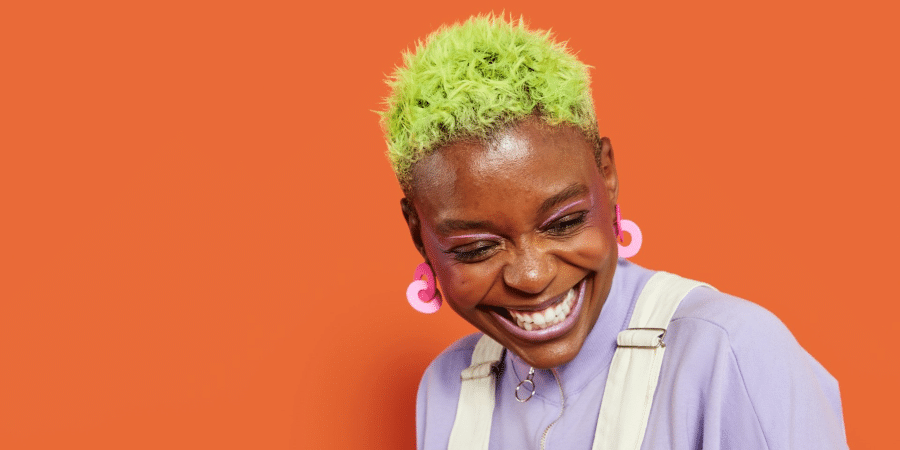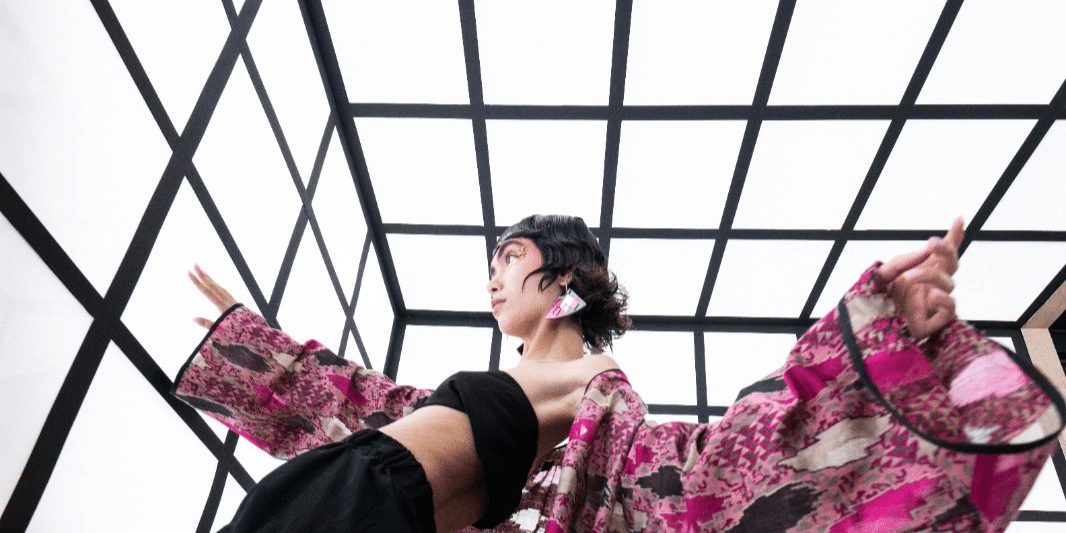Picture this: a lone violinist on a darkened stage, pouring their heart out into a soul-stirring concerto. Tears well up in the audience’s eyes as the final note hangs in the air. Now, cut to a rock concert. The lead singer throws themself back, sweat dripping, belting out a power ballad while the guitarist shreds a face-melting solo. Both performances are undeniably dramatic, but in wildly different ways. So, the question remains: how dramatic should artists get on stage? Let’s explore the extremes and find the sweet spot in between.
The Power of Subtlety: When Less is More
There’s a certain magic to a performance that relies on quiet intensity rather than theatrics. A recent article by the New York Times highlights the power of minimalism in dance. Imagine a ballerina, barefoot and clad in a simple white leotard, conveying a complex story through the controlled grace of her movements. Every subtle shift in weight, every flick of the wrist, speaks volumes. It’s a performance that relies on the audience’s imagination and emotional intelligence to connect with the artist’s message.
This approach isn’t limited to dance. A singer-songwriter armed with just their voice and a guitar can weave a spellbinding narrative through raw emotion and heartfelt lyrics. Think about it: sometimes, the most dramatic moment in a performance can be a single, perfectly timed pause, allowing the audience to fully absorb the weight of the artist’s words or the beauty of a musical phrase.
When to Crank Up the Drama: Embracing the Spectacle
But let’s not forget the power of a full-blown theatrical experience. Imagine a stage exploding with light, fog, and pyrotechnics, a rock band feeding off the energy of a moshing crowd. There’s a certain electrifying energy that comes from this kind of dramatic performance. It’s not about overshadowing the art itself, but rather using theatrics to enhance the emotional impact and create a truly immersive experience for the audience.
Think about it this way: a costume change can symbolize a character’s transformation. A dramatic lighting shift can highlight a pivotal moment in a play. These theatrical elements, when used thoughtfully, can elevate an artistic performance and leave a lasting impression on the audience.
Finding the Golden Ratio: The Art of Balance
So, where do we draw the line? The key is finding the right balance between subtlety and spectacle. A good performance should be true to the artist’s vision and the specific art form. A dramatic monologue in a stand-up comedy routine might feel out of place, while a minimalist approach to a heavy metal concert might leave the audience wanting more.
Ultimately, the level of drama should serve the art, not overshadow it. The best performances strike a chord with the audience, leaving them moved, inspired, or simply entertained. It’s not about outlandish theatrics or a complete lack thereof – it’s about using drama as a powerful tool to connect with your audience on a deeper level.
The Final Curtain
There’s no one-size-fits-all answer to the question of how dramatic artists should be. From the quiet intensity of a solo musician to the explosive energy of a rock concert, every artist has a unique voice and a preferred way to connect with their audience. The key is authenticity.
When artists are true to themselves and their art, the level of drama will naturally fall into place, creating a performance that is both impactful and unforgettable. So, the next time you witness a performance, whether it’s a tear-jerking play or a head-banging concert, appreciate the artist’s choice of drama – it’s all part of the artistic tapestry that they’re weaving for you.
















